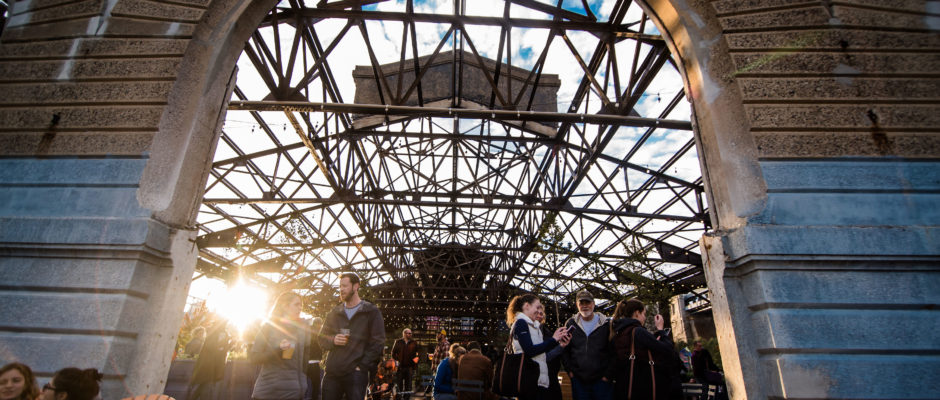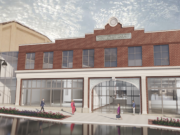Just south of the Ben Franklin Bridge, along the Delaware River, sits the 55,000-square foot Cherry Street Pier. A masterful reuse project recently breathed new life into what was once a hub for Philadelphia’s bustling shipping industry.
While historical remnants remain — the railroad tracks, a steel trussed roof, original masonry — the transformed space is now a flexible community hub offering artist studios, event space, a weekly farmers’ market, and a public waterfront plaza. The modern commons invites community members and visitors to enjoy art, culture and the city’s scenic waterfront.
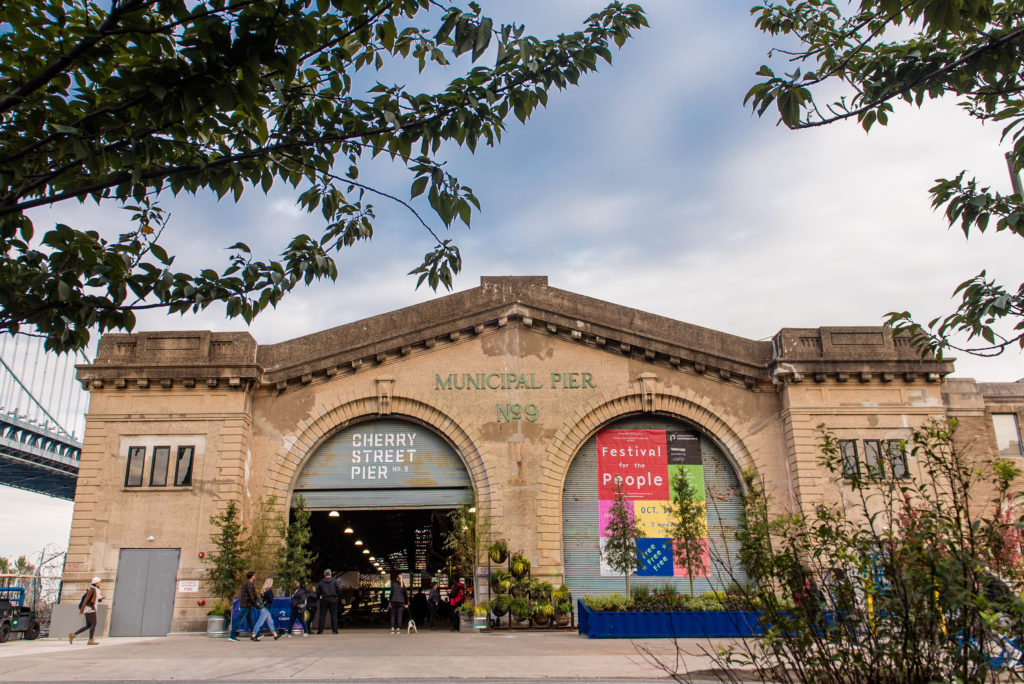
Credit for this achievement goes to the Delaware River Waterfront Corporation (DRWC) and the architecture firm ISA.
“The Cherry Street Pier represents an outgrowth of our efforts to transition the Central Delaware waterfront into a dynamic, creative space for Philadelphians and visitors,” explains Lizzie Woods, vice president of planning and capital programs at DRWC. “It has been gratifying to transform this historic pier — dating back to 1919 — into a pedestrian- and bicycle-friendly destination.”
The project was recently recognized at 10,000 Friends of Pennsylvania‘s annual Commonwealth Awards. Since 2003, the Harrisburg-based nonprofit has used this event to highlight efforts by developers, architects, engineers, designers, planners, institutions, and individuals to create walkable, sustainable, equitable, and healthy communities across the state.
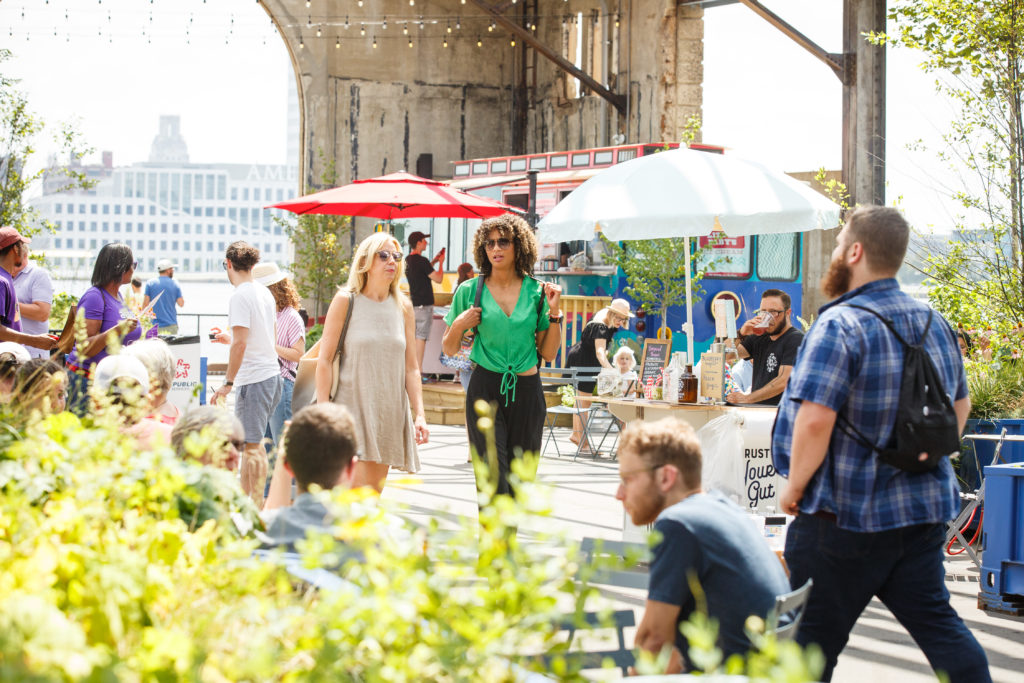
Additional awards went to a collection of zero-energy, affordable homes — designed with input from Penn State University students and faculty — located within walking distance of downtown State College, and a milk processing plant repurposed into a 65,000-square foot addition to York Academy Regional Charter School; it also serves as an attractive gateway into downtown. Another award recipient, the Erie Metropolitan Transit Authority, redeveloped an adjacent brownfield property in lieu of moving out of the city, providing more public parking for Bayfront events and maintaining a connection with downtown.
A common thread weaving through all the celebrated projects is resilience, which in the economic development sector refers to a community’s ability to rebound from disaster and transform — even thrive, — in the face of challenges such as aging infrastructure, flooding, energy use, climate change and other threats.
“Beyond smart growth, our focus has evolved to recognize resilience as the key to guaranteeing that Pennsylvania’s urban, suburban and rural communities remain healthy, vibrant and prosperous,” says Stacie Reidenbaugh, president and CEO of 10,000 Friends of Pennsylvania. “Land use strategies and infrastructure investments should strengthen communities by protecting or creating open space, enhancing economic opportunity and social cohesion, and reducing vulnerability to hazards.”
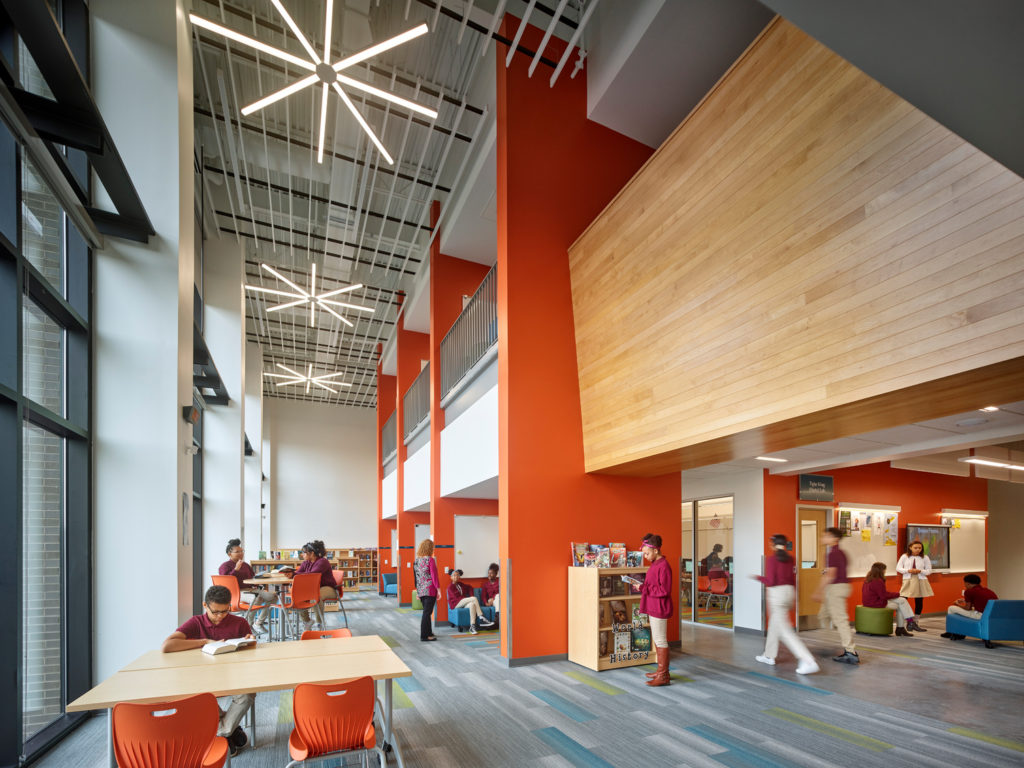
According to Reidenbaugh, passionate people also play a critical role in enhancing communities. This year’s event honored Pennsylvania’s Secretary of Transportation Leslie Richards for infusing innovation and environmentalism into the state’s transportation infrastructure, including a multi-modal approach that puts a greater value on walking and bicycling.
Those in attendance also learned about Kerstin Ams, the garden manager from Allegheny College. She developed Grow Meadville, a collection of 20 community gardens that engage residents in growing their own food, and Meadville Mobile Market House, which delivers fresh, local food to neighborhoods in need.
For the first time ever, 10,000 Friends of Pennsylvania also announced the roll-out of a membership program. The organization is welcoming Founding Members and looks forward to growing a strong and supportive community to advocate for land use, infrastructure and governance policies that will protect Pennsylvania’s resources and strengthen its economy for years to come.
SARA M. KAPLANIAK works as a freelance writer and communications consultant. She lives in Camp Hill.
Lead photo: The Cherry Street Pier in Philadelphia / photo by Maria Young
